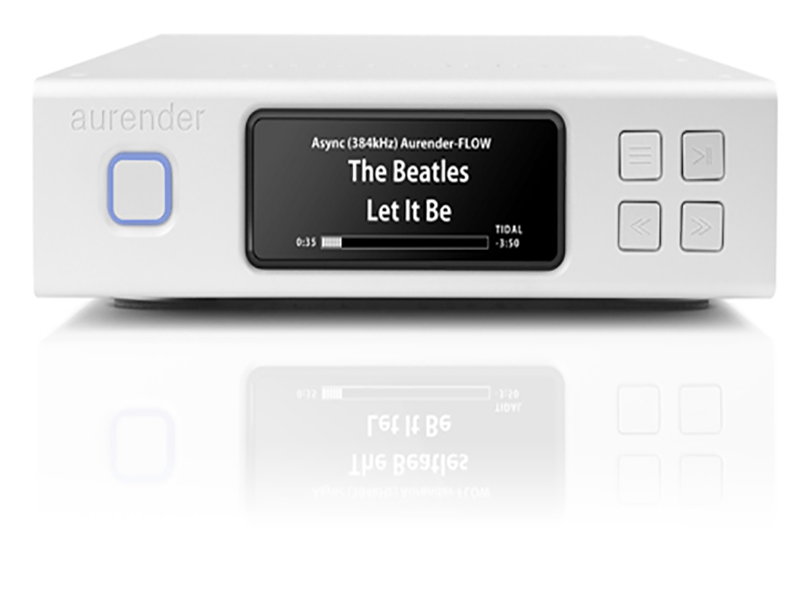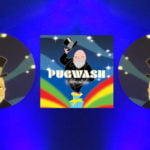It’s the time of year for saving money!
One time, I got permission from my downstairs neighbor to play my system out loud all night, and Joe came over for a visit with the intent of finding a truly superlative performance of Bach’s solo violin sonatas and partitas. Between what I own and what we could find via TIDAL, Joe and I planned to listen for a very long time. My personal reference has always been Milstein, whom I have on CD, or Martzy, whom I have–yes–on vinyl.
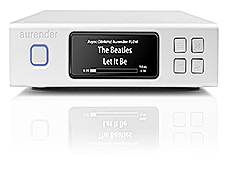 We listened for hours and concluded that the Japanese violinist known as Midori, whom we found via TIDAL, had the most unique and involving performance of the partitas. I ordered the CD from Amazon both to have a physical object as opposed to a collection of files and to see if the sound quality of my Audio Note CDT-Four top-loading CD transport combined with a Woo Audio WDS-1 DAC could outperform Roon and my Ayre QX-5 Twenty streaming DAC.
We listened for hours and concluded that the Japanese violinist known as Midori, whom we found via TIDAL, had the most unique and involving performance of the partitas. I ordered the CD from Amazon both to have a physical object as opposed to a collection of files and to see if the sound quality of my Audio Note CDT-Four top-loading CD transport combined with a Woo Audio WDS-1 DAC could outperform Roon and my Ayre QX-5 Twenty streaming DAC.
Somewhat to our surprise, the CD transport and DAC did outperform streaming. “Why would a CD sound better than TIDAL Hi-Fi?” asked Joe. “Well”, I stalled a bit, “The devil is in the details. Plus, I suppose you could say that there’s more in heaven and earth than was dreamt of by Charley Hansen, Joe.” “Who?” “The late, great founder of Ayre Acoustics. We lost him in 2017.”
“I’m sorry,” he replied. Curious now, Joe and I started listening to various tracks from TIDAL, the higher-resolution download files stored on my Melco N1A NAS, and hard media (i.e., physical CD’s and SACD’s, the last played on another great Ayre product, the DX-5 DSD “universal A/V” engine”, or universal disc player).
We agreed that all the different media and methods of playing sounded great but that, for any one recording, the very best results–subjectively–varied”. “Why does it matter, Andy?” I explained that, again, the process of recording and playing music in an emotionally satisfying way involved as much art and experimentation as science. However, we both knew for sure that the best value by far involved using TIDAL Hi-Fi with a good streaming DAC, like my QX-5 Twenty.
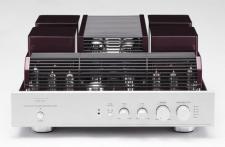 We set about designing a simple starter system for Joe. I agreed to loan him a small, vacuum tube integrated amplifier from Triode Audio Corporation of Japan and a pair of British bookshelf speakers, the Audio Note AX-Two’s. Joe liked the sound when I used a $499.00 Bluesound Node 2 music streamer as a Roon endpoint running into the AUX in of the Triode amp; however, he wanted “more” and did not want a separate box to store music downloads, like my Melco NAS (Network Attached Storage [device]), nor to leave a computer running Roon Server all the time, a practical necessity with distributed media control software.
We set about designing a simple starter system for Joe. I agreed to loan him a small, vacuum tube integrated amplifier from Triode Audio Corporation of Japan and a pair of British bookshelf speakers, the Audio Note AX-Two’s. Joe liked the sound when I used a $499.00 Bluesound Node 2 music streamer as a Roon endpoint running into the AUX in of the Triode amp; however, he wanted “more” and did not want a separate box to store music downloads, like my Melco NAS (Network Attached Storage [device]), nor to leave a computer running Roon Server all the time, a practical necessity with distributed media control software.
Because Joe had budget, we checked the different second-hand sites like Audiogon and US Audiomart (audiogon.com and USAudioMart.com) for a more integrated solution, settling on the Aurender N100H music streamer with 2TB of built in media storage and a well-written control App he could run on his iPad Mini with no other software. Then we needed a DAC.
I knew that the N100H would work well with the USB input of my Woo WDS-1, but I could not give that away, so we dropped by a local dealer and picked up the small but mighty Ayre Codex DAC that included a simple yet good sounding headphone amp for private listening. The Codex has a naturally warm and engaging sound.
“We’re done”, Joe exclaimed. “Not quite.” I explained to Joe that not all cables, even USB cables, sounded the same. Fortunately, I had a small collection of USB cables intended for audio bliss in my storage bin. We tried three different USB cables between the N100H and the Codex:
- The WireWorld Ultraviolet–a budget, $100.00 bright purple USB cable that sounded much better than the $20.00 Belkin USB cable I normally used between my iMac and my Epson printer,
- The AudioQuest Carbon–closer to $500.00 than $100.00, Joe agreed that the extra $400 carried additional warmth and depth and had no problem budgeting for one of his own; however, I agreed to a medium-term loan of one of my favorites,
- The Stealth Audio USB–the least expensive Stealth USB cable, at a shocking but well-deserved $1000.00 for one meter of wire.
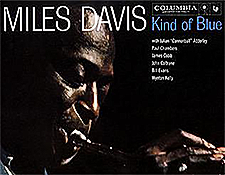 By a miracle of chance, we put everything together on September 15th, Julian “Cannonball” Adderly’s birthday. Joe launched the Aurender Conductor App, logged into TIDAL Hi-Fi, and entered the search phrase, “Kind of Blue“. Joe ran his finger down the tracks and touched the play icon for “All Blues”.
By a miracle of chance, we put everything together on September 15th, Julian “Cannonball” Adderly’s birthday. Joe launched the Aurender Conductor App, logged into TIDAL Hi-Fi, and entered the search phrase, “Kind of Blue“. Joe ran his finger down the tracks and touched the play icon for “All Blues”.
It seemed almost that the room went dark and we nearly literally found ourselves standing in a studio with Miles Davis, John Coltrane, Cannonball Adderley, Philly Joe Jones, Bill Evans, Paul Chambers, and Jimmy Cobb. I could have sworn I heard Miles Davis say, “I don’t like you”, in a gravelly voice. Then Adderley started to blow the sax.
Mesmerized, we listened to “All Blues” three times. Finally, Joe broke the silence, “I only have one word: amazed.” I knew that he would never look back.
